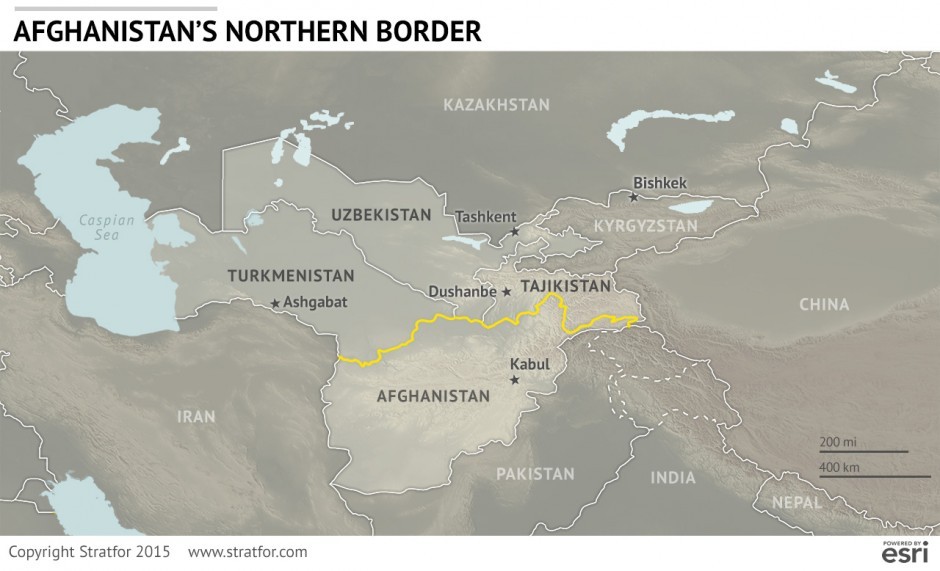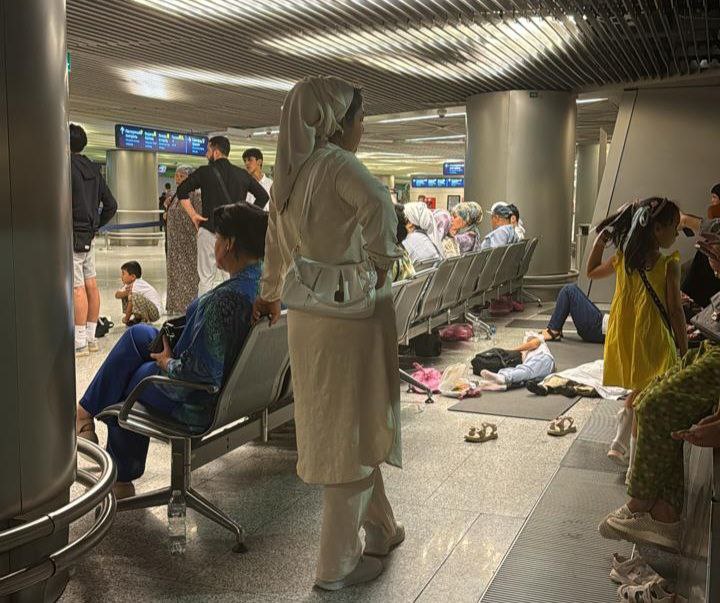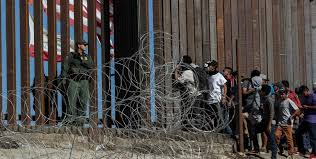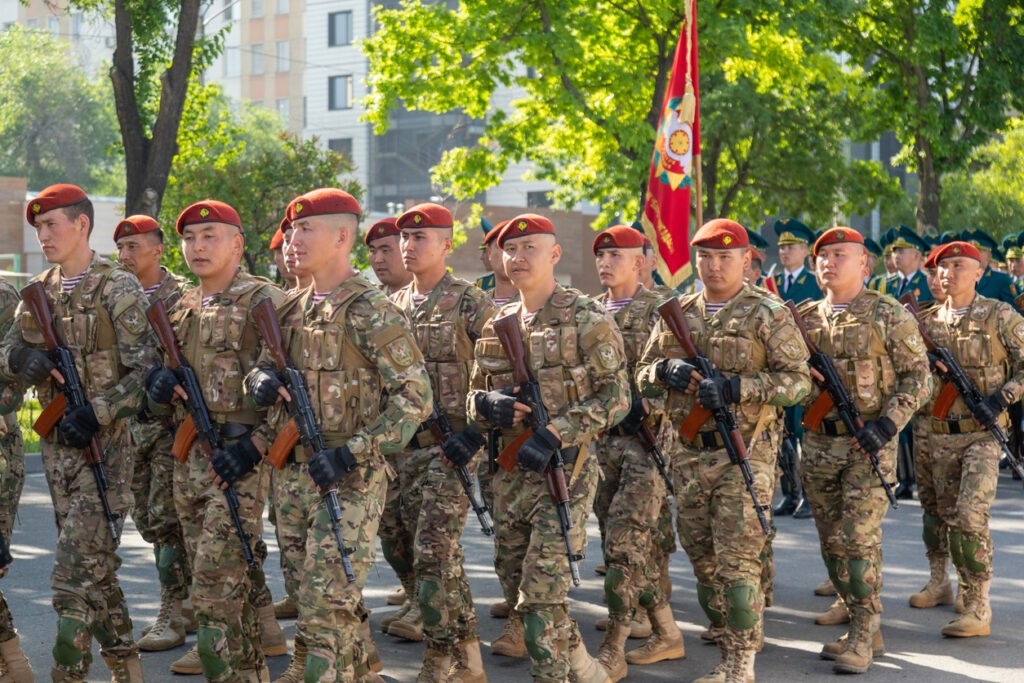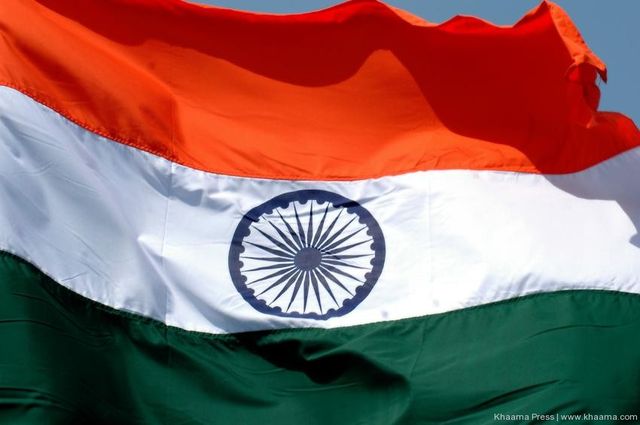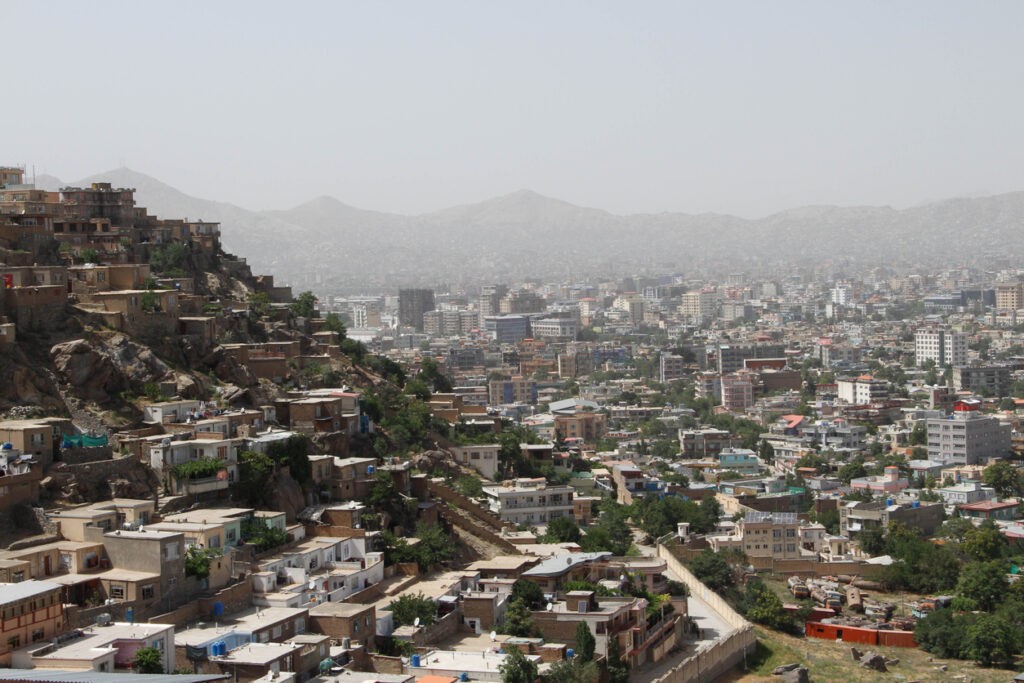NEW DELHI (TCA) — On September 17 Afghanistan President Ashraf Ghani emphasized the significance of the Turkmenistan-Afghanistan-Pakistan-India (TAPI) gas pipeline, lauding the contribution that such large-scale projects could make to the peaceful settlement of the situation in Afghanistan and the sustainable social and economic development of the entire Central Asian region.
He was speaking in Turkmenistan’s capital Ashgabat, where he had arrived to participate in the opening ceremony of the 5th Asian Indoor and Martial Arts Games. Ghani met with President Gurbanguly Berdymukhammedov, who reiterated the importance that Turkmenistan attached to developing a meaningful partnership with Afghanistan.
President Ghani’s views, coming as they did, soon after the US administration of President Donald Trump articulated its new South Asian policy, is significant. In August, Trump announced a troops surge in Afghanistan, and his new ‘South Asian policy’ the fulcrum of which is Afghanistan. Trump called out Pakistan as aiding and providing safe sanctuaries to agents of chaos, violence, and terror, whom the US military has been fighting and for which Pakistan received billions of dollars, but warning that “that will change soon”. At the same time he hailed India’s role in Afghanistan in contributing to the war-ravaged country’s stabilization, while urging it step up its assistance “especially in the area of economic assistance and development.”
Conspicuously missing from Trump’s new Afghan policy were the other regional players and neighbours – namely Iran, Russia, China and the Central Asian republics, three of which — Tajikistan, Uzbekistan and Turkmenistan — share the longest border with Afghanistan. Interestingly, while Afghanistan hailed Trump’s policy on South Asia and Afghanistan, Iran, Russia and China expressed comments in support of Pakistan.
Trump’s new Afghan policy comes amidst a deteriorating security situation in Afghanistan. In June this year, the UN’s special envoy to Afghanistan, Tadamichi Yamamoto, told the UN Security Council that the security situation in Afghanistan remains “intensely volatile”. He was presenting a new report by the United Nations Assistance Mission in Afghanistan, which recorded a 2 percent increase in terror attacks across Afghanistan in 2017 as compared to the previous year, launched by insurgent groups with the Taliban claiming majority of the attacks. This has enabled the latter to control almost 40 percent of Afghan territory as of February 2017, according to a report by the International Crisis Group.
However, groups like the Islamic State in Iraq and Syria (ISIS), which is reportedly increasing its footprint in Afghanistan, have also claimed some of the terror attacks. Earlier this year an Afghan counter-terrorist expert told this author that a large part of the problem in Afghanistan was because of the widespread corruption that had seeped into every facet of Afghan life and which was partly responsible for popular support for the Taliban, especially in the southern and eastern parts.
The US troop surge – 4000 troops are reportedly going to be added to the existing 8400 troops remaining in Afghanistan – will of course have regional ramifications.
With the sabre-rattling between the US and Iran, together with freshly imposed sanctions on the latter, Iran would be happy to see US troops withdrawn from the region. So would Russia as the new cold war between it and the US deepens. To that end, both Iran and Russia have reached out to the Taliban, a key demand of which is the removal of all foreign troops from Afghan territory for it to enter into peace talks. Russia and Iran also believe that the Taliban could stem the rise of ISIS in Afghanistan, as also their own assessment that the collapse of fractious unity government of President Ashraf Ghani and CEO Abdullah Abduallah is imminent. China, too, has its own outreach to the Taliban, along with being an “all weather friend” of Pakistan which is harbouring and abetting sections of the Taliban like the Haqqani network. All of them see Taliban as a lesser threat than ISIS, as the former does not make any claims to global domination. However, China, which also has commercial interests in Afghanistan, and whose Xinjiang province has been racked by jihadist insurgency, may also not be too eager to see the US depart from there. India, which has contributed significantly to Afghanistan’s through its development aid, believes that Pakistan is part of the problem, viewing Afghanistan through an Indian prism, and wanting strategic depth there, to negate India’s conventional military and territorial superiority over it. Landlocked Afghanistan’s woes draw much from its strategic location abutting so many regional powers, and this is what Ghani, who has hailed the US strategy, will be wary of. This is where the Central Asian Republics (CARs) figure significantly.
Countries like Uzbekistan and Kyrgyzstan had allowed US transit rights to Afghanistan in the wake of the war on terror launched in 2001.
While there is a consensus that Afghanistan’s vicious bloodletting does not pose a present threat as such to the CARs, with which the country shares 2800 km long border, the region is faced with emerging threats. The primary threat is that of jihadist violence spilling over into the CARs, with increasing number of militants from these countries joining the ISIS, mainly in Syria. In case the ISIS embeds itself in Afghanistan successfully, there is a fear that jihadists from the CARs would try to take the jihad home to their respective countries. Moreover, continuing instability within Afghanistan threatens to destabilize the region, with violence spilling over into the neighbouring countries like Tajikistan, which has already suffered a violent civil war, with the potential for ensuing refugee flows. Groups like the Islamic Movement of Uzbekistan, which was a byproduct of the Afghan jihad against the former Soviet Union, while evolving and integrating itself into international jihadi organisations like ISIS, continue to pose a threat to the region, though it is debatable to what degree.
The other major headache is that of the drug trade which, emerging from Afghanistan, encompasses Tajikistan, Kyrgyzstan, Uzbekistan, and further on to Russia and Europe.
Furthermore, while most CARs were inclined to pursue a “multi-vectoral” foreign policy in the years following their independence, regional and international dynamics have ensured that while some like Tajikistan have swerved towards Russia, others like Uzbekistan and Kazakhstan prefer more non-aligned politics. Nevertheless, the presence of some of the CARs in multilateral groupings like the Collective Security Treaty Organisation and Shanghai Cooperation Organisation enable them to present a collective counter-terrorism front. Kazakhstan, for instance, has established a regional centre for battling illegal trafficking in narcotics.
In a public address in India last year Iranian foreign minister Jawed Zarif said that enabling Afghanistan access to a global market would “help create a formal economy in the country”, which has for much of its existence been a war economy. A formal economy is vital for Afghanistan’s peace and stability, thereby making its foreign policy economy-centric. A major role in this is played by people to people contact which helps develop trade and business and create bilateral and multilateral projects and an inter-dependent regional economy, vital for regional peace and cooperation.
The CARs, in varying degrees, are involved in this and are crucial to playing a stabilizing role in Afghanistan. It is possible that this is what Ghani had in mind during his statement in Ashgabat. Afghanistan forms the crucial bridge that connects Central Asia with South Asia. Hence, Kyrgyzstan and Tajikistan with surplus electricity have a major market in power starved countries like Afghanistan and Pakistan. Projects like the CASA 1000 assume great significance in this regard, establishing Afghanistan’s role as a viable transit country, enhancing its growth prospects. The Turkmenistan-Afghanistan-Pakistan-India gas pipeline is another megaproject, launched in December 2015, though it has been discussed for years earlier, which can change the face of the region, by delivering Turkmen gas to Afghanistan, Pakistan, and hopefully also India. The importance of electrification of Afghan towns and villages for the country’s development cannot be overemphasized. The 670-meter Pyanj bridge linking Afghanistan and Tajikistan, and the Turkmenistan rail link to Afghanistan which was inaugurated last year in November and is slated to be extended to Tajikistan similarly seeks to speed up the transportation of goods from Afghanistan to these countries and vice versa, as did the Uzbek construction of Afghanistan’s first rail line which connected Uzbekistan’s Termez city to Afghanistan’s Hairatan port and offers further routes to Iran and Russia in the west and to Kazakhstan and China in the east.
There is not much data available for trade between Afghanistan and CARs, and in 2011, the last year for which comprehensive bilateral data is available, less than 3% of Afghanistan’s exports (worth $10.4 million) went to Central Asia (mostly to Tajikistan and Turkmenistan), and almost a quarter of Afghanistan’s imports came from Central Asia, especially Uzbekistan (worth $1.64 billion).
People to people contacts form another lynchpin for regional integration. What Afghanistan and CARs have in common are multi-ethnic societies with similar culture, religion and ethnicities. Primarily Muslim countries the CARs present a role model for Afghanistan to fashion itself as a moderate pluralistic Muslim society. The CARs have, in varying degrees, engaged in development work in Afghanistan, building roads, hospitals, power-stations, offering scholarships to hundreds of Afghan students, including training programs for Afghan women. The potential, therefore, to develop bilateral and multilateral ties between Afghanistan and the CARs is enormous and offers multiple opportunities in the coming days for regional cooperation and integration.
* Aditi Bhaduri is an independent journalist and political analyst specializing in international affairs and foreign policy. Based in New Delhi, she has an MA in International Relations
